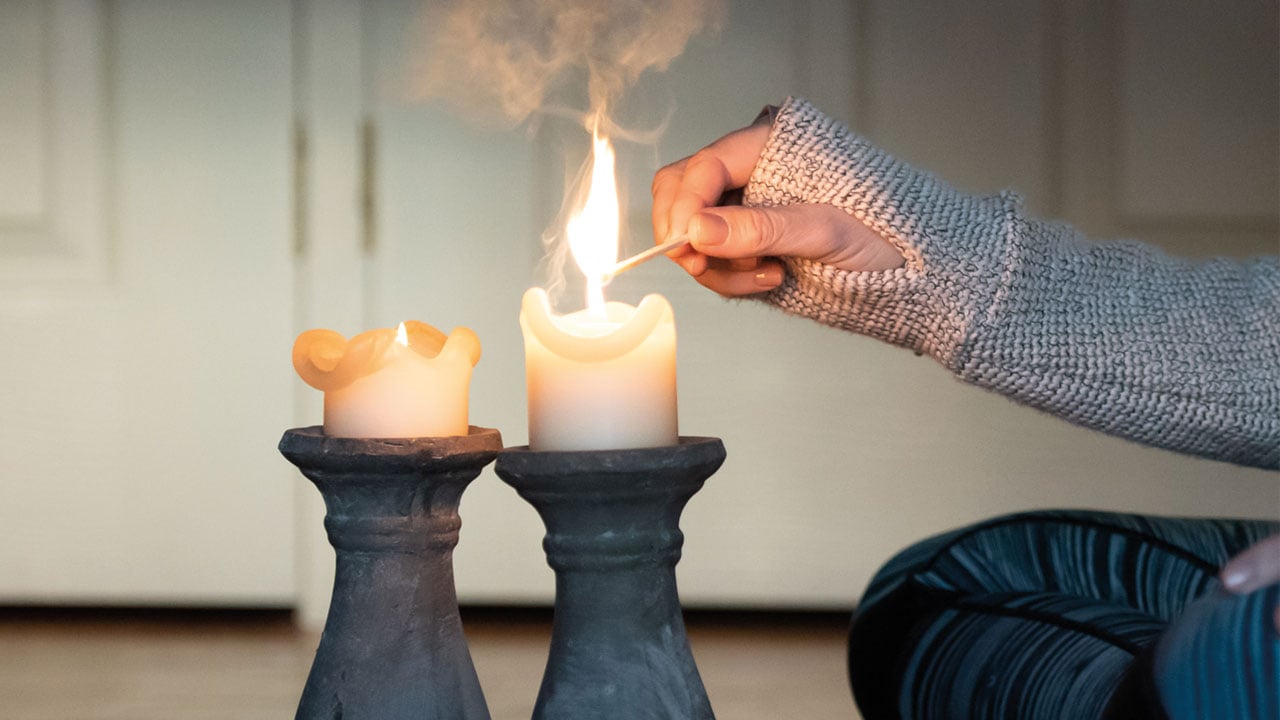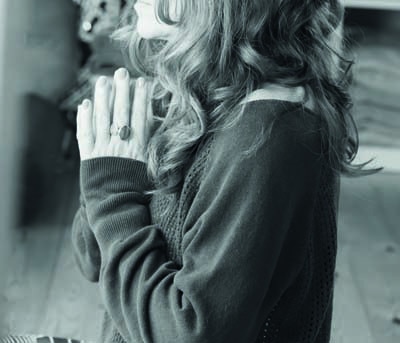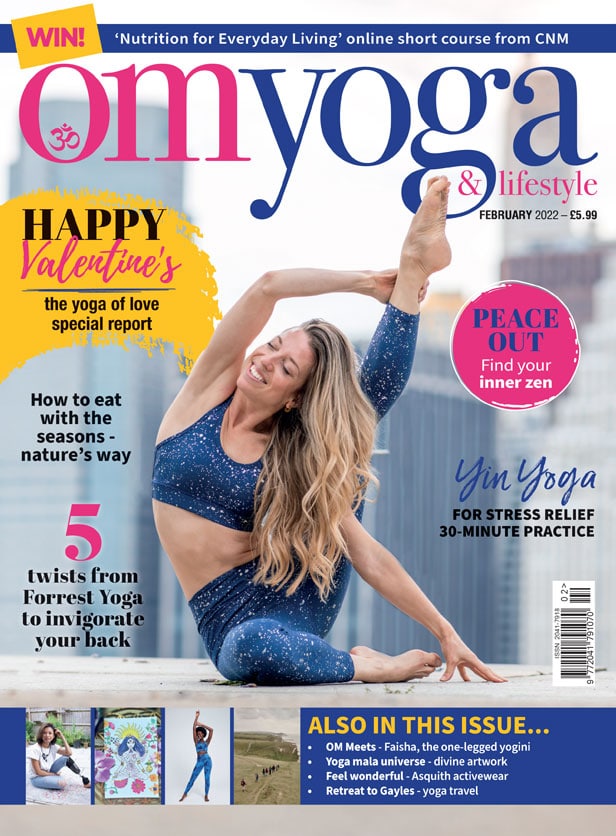
Relax into Restorative Yoga
Getting started in one of yoga’s most blissful practices. By Gillian Osborne
It’s a phrase of relatively new provenance but it’s one that is becoming increasingly a part of contemporary yoga culture. We are at a time in the evolution of yoga when many new interpretations are coming to the fore. Yoga is an adaptable practice, its goal always remains the same but the routes to that goal are many. The astonishing rate with which yoga is gaining practitioners can, in part, be attributed to its capacity to respond to societal shifts and current need. In short, it delivers what we seek. And since we are all unique individuals then we do not all seek the same. Thus, a practice, a philosophy, that is multifarious in its reach and approach will inevitably have increasingly wider appeal.
We are all of us seekers, whether we know it or not. And we will naturally be drawn to that which best resonates with our own particular journey; taking into account our starting position, inclinations and abilities. Yoga is a vehicle for the journey and Restorative Yoga is one route. Read on for all you need to know in order to understand this type of yoga; find a teacher; get kitted out for home practice and take it further.
What is Restorative Yoga?
The clue is in the name: yoga that is designed to restore us; and there is no intention to be facetious here, because I recognise that it is not immediately evident what we are being restored to.
Restoration implies the regaining or rebuilding of something that once was and has been lost, something we had that we are now lacking. We can understand what Restorative Yoga is much easier if we consider the ultimate goal of yoga…and to consider that, I will use the approach of Patanjali. This is not to say there are no other approaches, but we will have a hard time evaluating restorative practice unless we place it within a framework.
If we are familiar with the philosophy of yoga, the ancient texts, or understand Patanjali’s eight limbed approach, then we will undoubtedly appreciate that the ultimate goal of yoga is to achieve a union of mind body and spirit; to experience a sublime harmony within the self that extends beyond the self.
But let’s not try to make things too complicated, lest they become inaccessible, because that is precisely what yoga is not. None of that knowledge is essential background to understanding the purpose of yoga and a skilled teacher will be able to convey this in one session, even to a complete beginner. No lofty ideological knowledge is necessary to appreciate that we are all seeking an experience of harmonious integration; a feeling of wholeness and peace.
In a nutshell, a restorative practice is a style of yoga that aims to cultivate a feeling of harmony, health and wholeness and the presumption is that this is the natural state, hence we return to it, not discover it anew; we are restored to it.
How do I get started?
Working from the basis that we are restoring and not creating anew it’s important to acknowledge that a complete yoga beginner or a newbie to Restorative Yoga may well not know or understand how to practice or what is involved. Consequently, the most effective way to get started is to find yourself a teacher because with the right teacher, it’s not necessary to fully understand the idea of returning to the whole, since the teacher will be your guide and you can just enjoy the process.
I teach only restorative practice and it can take many forms, but common attributes are that it is gentle, nurturing and it is inclusive of all abilities.
It seeks to replenish not to challenge, to support not to separate, and it invites you to relax deep into it; so that the benefits can unfold and embrace you. Typically, restorative practice involves simple asana with supportive props held for longer periods of time than might be expected in a hatha class. There is an emphasis on breath, stillness and relaxation but there are meditative elements, and other practices including yoga nidra, chanting, kirtan and more conventional asana, can also be included in restorative sessions. In general terms, restorative practice is always sustainable in so far as it is non-challenging and accessible to all ages and abilities, so it can be a lifelong practice.
Restorative Yoga teachers generally offer classes, workshops and retreats. Depending upon your level of interest and need, start with a taster class or meditative session. Search for teachers through yoga organisations or online. Teachers using a restorative style will, like me, be advertising it and most will offer in person and remote sessions.
How do I practice at home?
Once you have attended a few restorative sessions you can pick up some basic tips along with asanas that are conducive to relaxation in mind, body and spirit. Yoga classes are always structured and contain a balance of content, even if they do not seem to be. Consequently, if you are a beginner it’s never wise to pick and mix on any style of yoga for home practice, so ask your teacher for advice on a home routine that best complements your needs.
Invest in some props such as bolsters, blankets, an extra-long yoga belt and an eye pillow so you are able to ensure that your body is fully supported and you can relax into the practice. Choose a warm, quiet and comfortable environment, get the ambience right with candles and music and see where it takes you. Check back with your teacher periodically to make sure you are still on the right track.
How can I take it further?
Beginning restorative practice can be a truly liberating experience and most people will want to explore further. A retreat is obviously the ultimate restorative journey. With a skilled facilitator you can expect to leave a restorative retreat feeling rejuvenated, connected, whole, and at peace. It is quite literally, an investment in yourself.
If we dive deep into the vedic canon and the traditional philosophical texts, then Restorative Yoga is simply a modern take on the ancient idea of returning to unity. Deciding to start restorative practice is akin to shining a focused light on the ultimate aim of yoga. Remember: your yoga journey to wholeness does not need to be full of challenges of your own making. It’s okay to take the nurturing route; indeed, that is the most evolutionary choice.

Gillian Osborne is a Restorative Yoga teacher and Chair of the BWY (bwy.org.uk)




